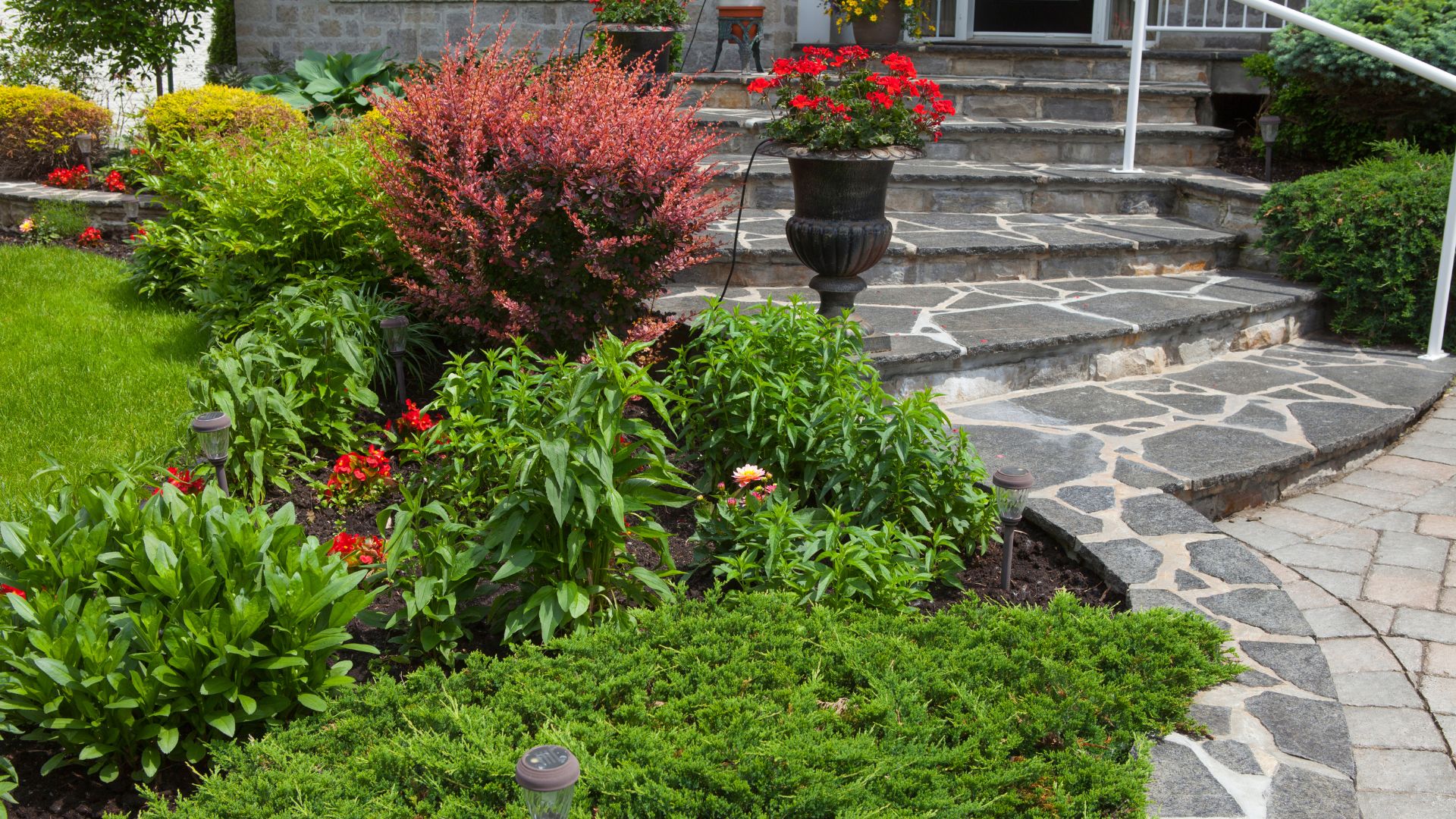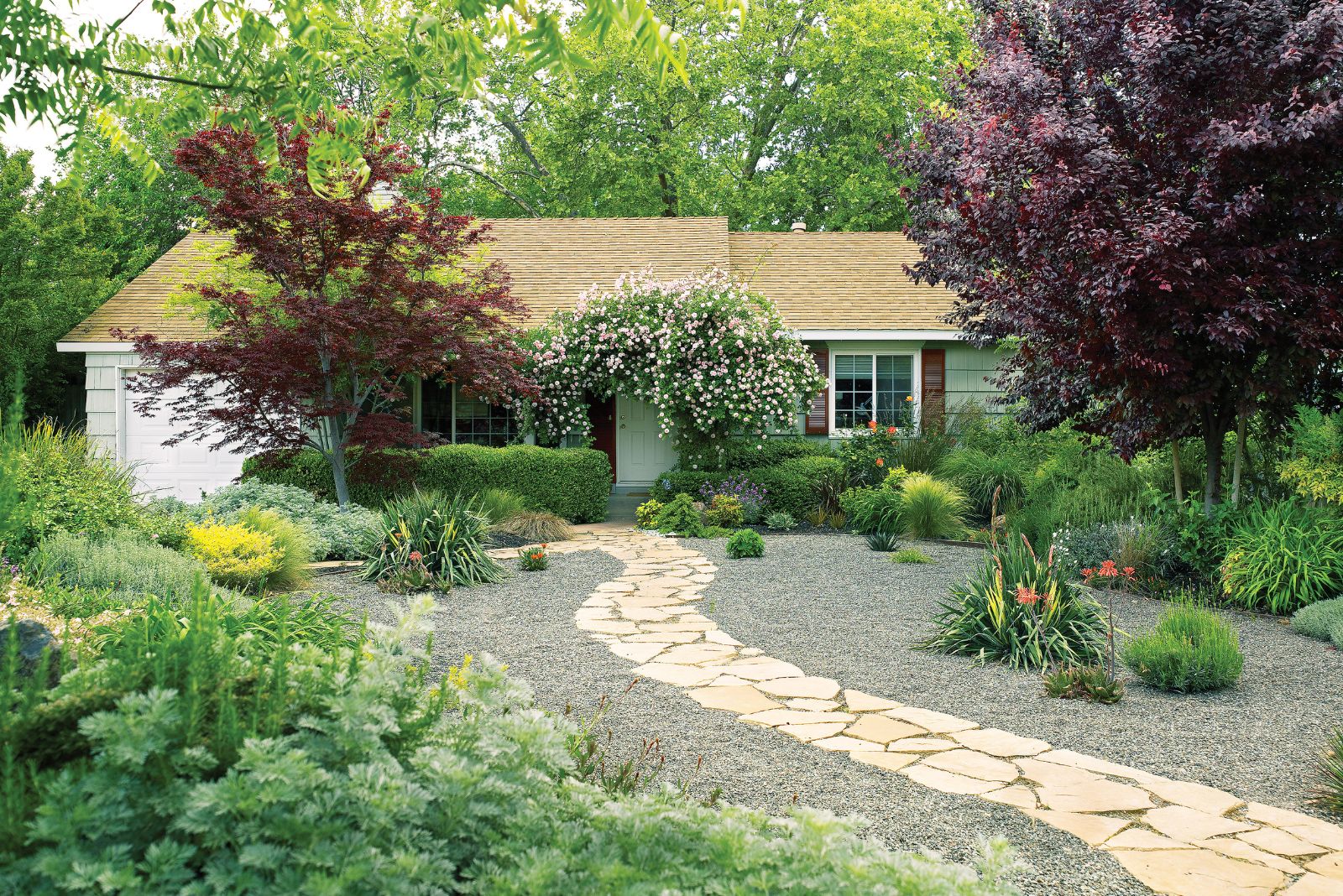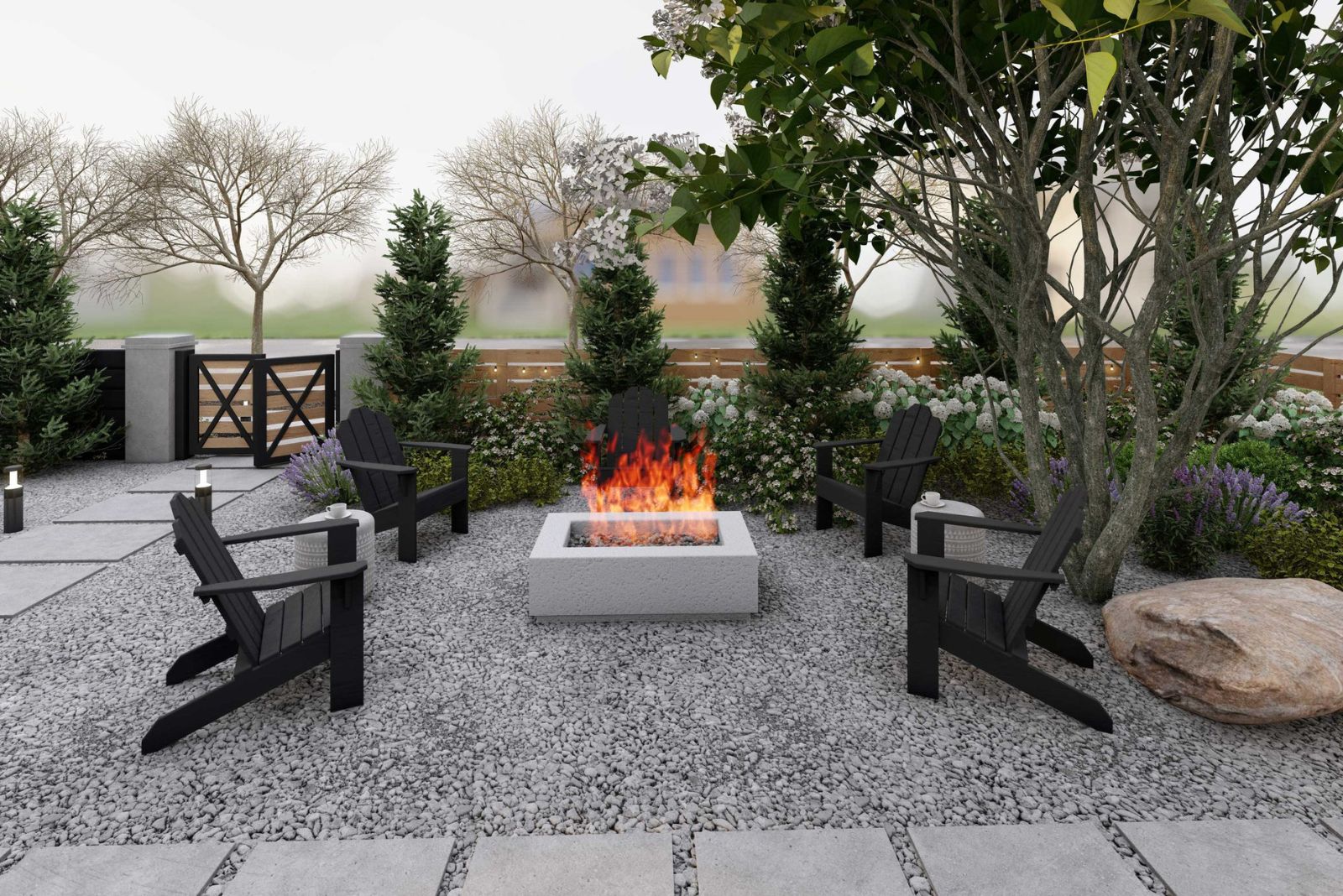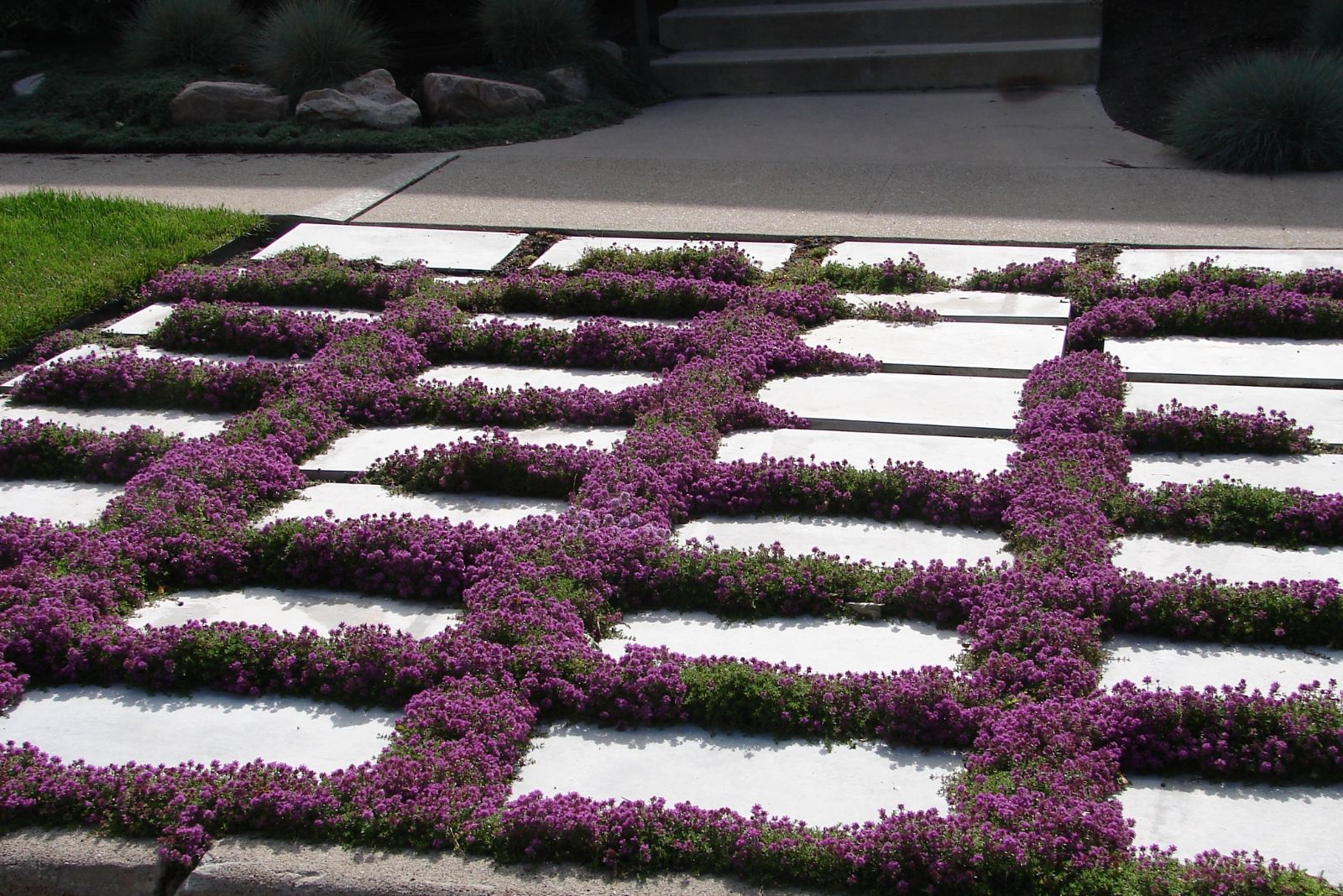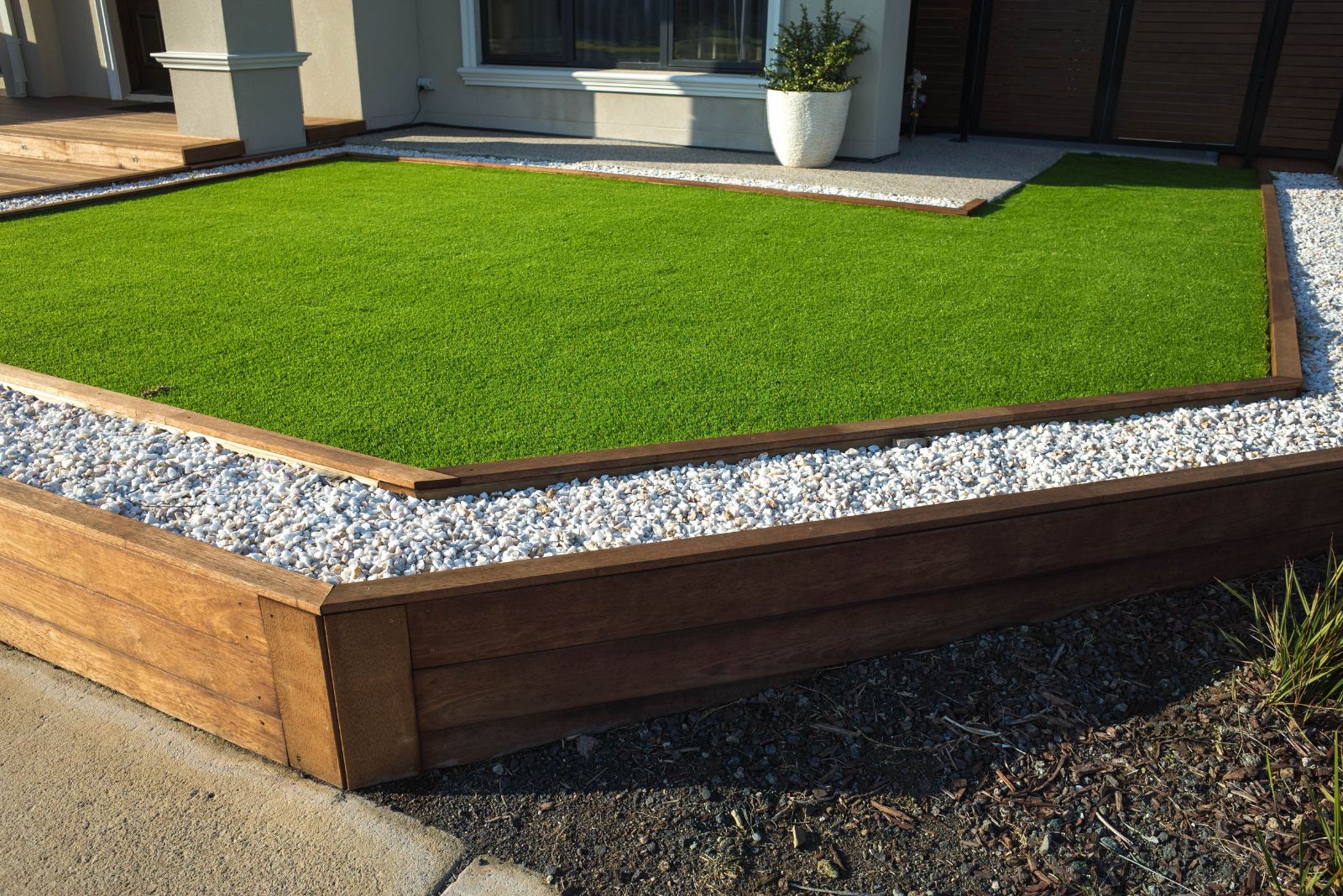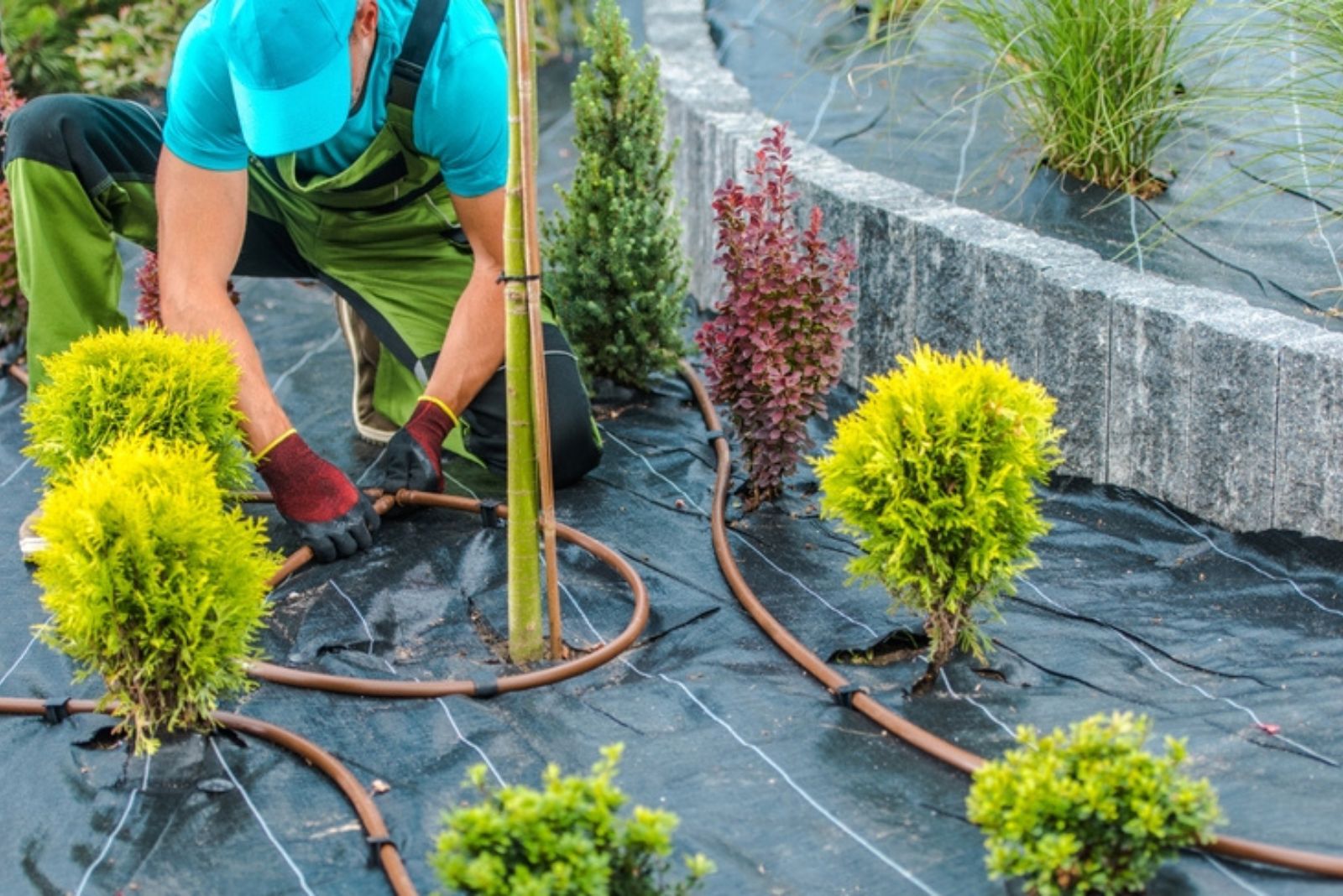Replacing lawn grasses with an alternative has become more and more popular this year.
That’s because traditional lawn aesthetics, although gorgeous, require a lot of work in terms of watering, fertilizing, and mowing.
There are much simpler options, such as rock gardens, planting drought-tolerant plants and shrubs, clover lawns, walkable ground covers, etc.
Let’s find out why lawnless front yards are trending and discover some things to think about in advance before transferring to them.
Why Are Lawn-Free Front Yards Popular?
There are many sustainable alternatives to grass lawns that take less time and money to tend to.
Constant maintenance for grass lawns has made many homeowners look for alternative choices. That’s how they discover gravel gardens, ornamental grasses, drought-tolerant ground covers and flowers, and more.
All these choices require less maintenance, less frequent mowing, little-to-no fertilizer, and a lot less water.
Another option you have is adding native plants to your yard. They require virtually no irrigation because they’re already adapted to the growing conditions in your area. They’ll also support wildlife, birds, and insects, encouraging a healthy ecosystem.
Consider The Cost Of The Project
Rewilding your garden and replacing the lawn with an alternative requires careful planning. And the first thing you should do is see whether it is worth your while.
The typical prices of lawn removal range anywhere between $0.95 to $ 2.65, with the national average being $1.75 per square foot. (1)
This can quickly add up, especially if you have a sizable front yard.
Luckily, there are some DIY options you can use, such as solarization and sheet mulching. They will keep the sunlight away from the grass, causing it to die, and prepare the soil for new plantings.
Of course, these things take time and tools you probably don’t own. You’ll still have to purchase or rent them, but it will cost significantly less than having your lawn professionally removed.
And yet, if you’re tight on schedule, you can always contact some companies that are on the cheaper end.
Choose Your Plants Wisely
The next thing to have in mind is choosing the plants you want to replace your lawn with. Consider getting walkable ground cover plants because they’ll give your home curb appeal and provide a nice playground for your kids and pets.
Go for creeping thyme, creeping Jenny, clover, moss, etc. These varieties are pollinator-friendly and don’t require frequent mowing (or at least not as frequent as grass lawns do).
Additionally, choose drought-tolerant varieties since they won’t require as much water. Native plants come in handy here because they are usually drought-resistant, don’t require much work, and attract pollinators and beneficial insects.
Just look for species that can act as a ground cover and coat the entire area.
Or Get Artificial Turf
If you don’t want to be bothered with plants and ground covers in your front yard any longer, you can simply get artificial turf and be done with all the fuss.
And the best part is that artificial grasses look so realistic nowadays. You get all that with as little maintenance as possible.
It might not be everyone’s cup of tea, but it’s a great option for those who are frequently on the go, travel a lot, and simply don’t have enough hours in their day to do any physical work around their front yard.
Enlist Professional Help
If your fingers are far from green, don’t despair! You can always hire a professional landscaper to design your front yard and make it more sustainable.
Of course, professionals don’t come cheap. A front yard renovation usually costs between $1,500 to $5,000, depending on the size of the garden and the materials you wish to use. (2)
And if you want some additional features such as hardscaping and driveways, it will cost a lot more.
This may seem like a lot, but it will save you money in the long run since you’ll spend a lot less on water and fertilizer, as well as less time mowing.
And if some DIY goes bad, it might cost a lot more than hiring a professional in the end.
But don’t shun front yard renovations and lawn-free fronts. They can increase the value of your property and prove a good investment.
References:
1. Reis, M. I. (2023). How Much Does Grass Removal Cost in 2023?. Lawn Love.
2. Ayer, H. (2023). How Much Does Landscaping Cost? [2023 Data]. Angi.

